japanese beetle life cycle in missouri
The life cycle of the Japanese Beetles consists of four stages of development called complete metamorphosis. In the summer around June or July full-grown beetles will lay eggs.
First Report Of Japanese Beetles In Missouri This Season American Vineyard Magazine
Adult beetles are metallic green with brown wings approximately 5-7 mm wide and 8-11 mm long Figure.

. Eggs are laid in moist sod near the soil surface July through August. The eggs hatch into white grubs in ten days to two weeks or longer depend- ing on soil temperature. One of the best things you can do to control Japanese beetles is to reach out to your local.
Leaves of plants such as birch canna crape myrtles grapes hops linden trees rose bushes etc. Japanese beetles overwinter as a partially grown grub in the soil below the frost line. Shortly after eggs hatch and the larvae burrow underground.
The Japanese beetle adult an attractive pest. The eggs hatch into white grubs in ten days to two weeks or longer depend- ing on soil temperature. Depending on your climate they will appear anytime between May and August.
Japanese beetle have one generation per year Figure 2. Look the life cycle of the Japanese beetle is much like the cycle of many other beetles. Late June through August or September.
Japanese beetles have been established in other parts of the Great Lakes region for decades and people still have green lawns productive vegetables and beautiful flowers. Both as adults and as grubs the larval stage Japanese beetles are destructive plant pests. The larvae feed on roots of grass and other plants close to the surface of the soil.
Japanese beetle are distinguished from native beetles by the presence of. Ranger tug 21 for sale bc famous personalities of the world with pictures and names. JB has one generation per year and grubs spend about 10 months under the soil surface Fig.
Japanese beetles have an annual life cycle. A typical cluster of Japanese beetle eggs. The grubs resume feeding on grass roots in the spring and then pupate near the soil surface.
Adults emerge from turfgrass in late June and immediately begin to feed on.

Effective Management Remains Elusive For Beetle That Eats Almost Anything

Japanese Beetle Control For Organic Gardeners

How To Prevent Japanese Beetles Lawn Care Blog Lawn Love
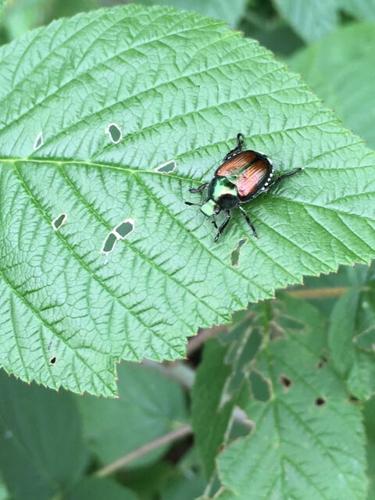
Japanese Beetles Eat More Than 300 Types Of Vegetation Crop Agupdate Com
Controlling Japanese Beetles D Oh I Y

Japanese Beetle Missouri Department Of Conservation
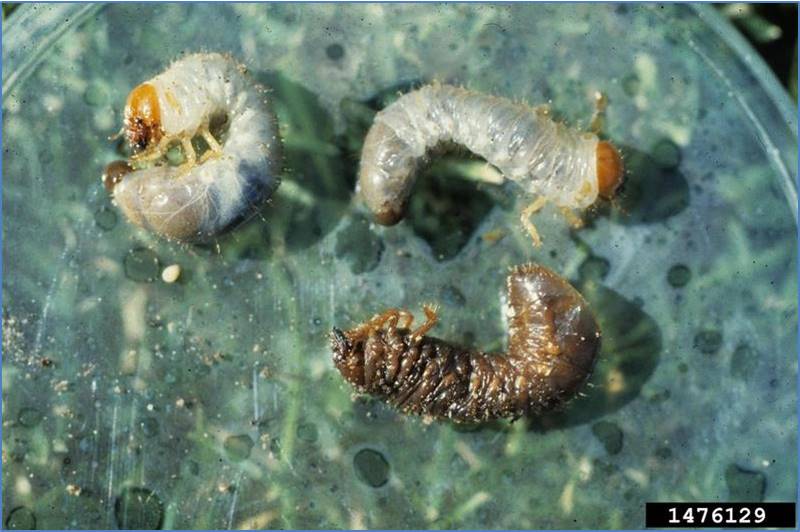
Organic Management Options For The Japanese Beetle At Home Gardens Missouri Environment And Garden News Article Integrated Pest Management University Of Missouri

Japanese Beetle Missouri Department Of Conservation

Japanese Beetle Missouri Department Of Conservation

Biology And Management Of Japanese Beetle G7412 Mu Extension

How To Get Rid Of Japanese Beetles Updated For 2022

Vermont Garden Journal Japanese Beetle Grubs Vermont Public
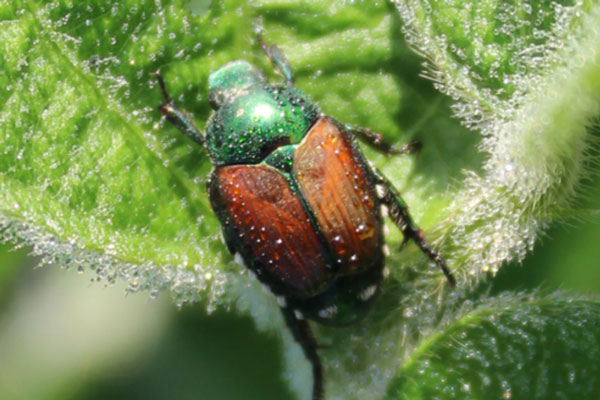
Japanese Beetle Pest Monitoring Integrated Pest Managment University Of Missouri
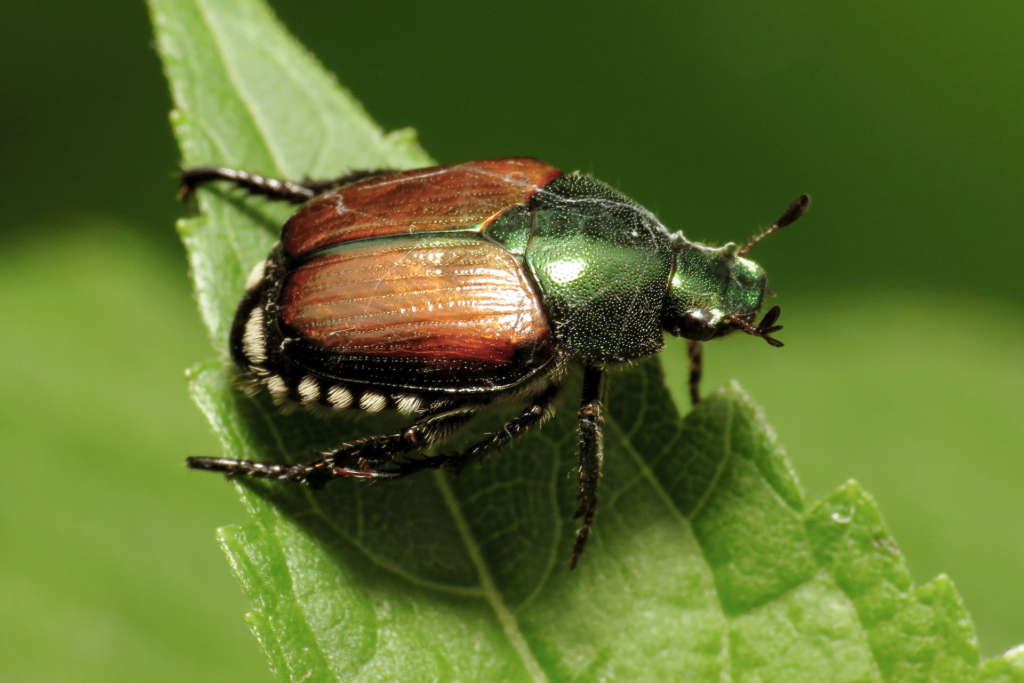
Beetles Hometown Pest Solutions
Japanese Beetle Life Cycle Including The Damaging White Grub Phase

Managing Japanese Beetle Feeding Umn Extension
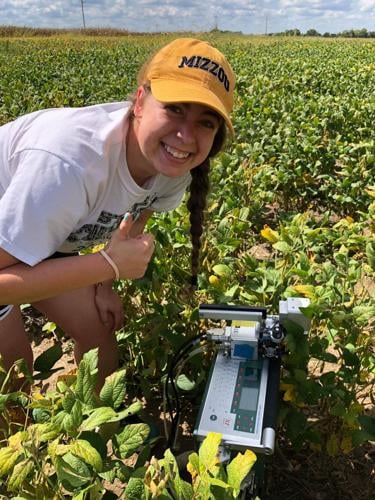
Japanese Beetles Eat More Than 300 Types Of Vegetation Crop Agupdate Com

